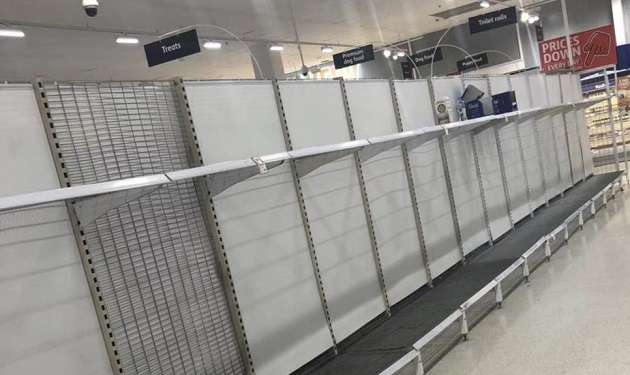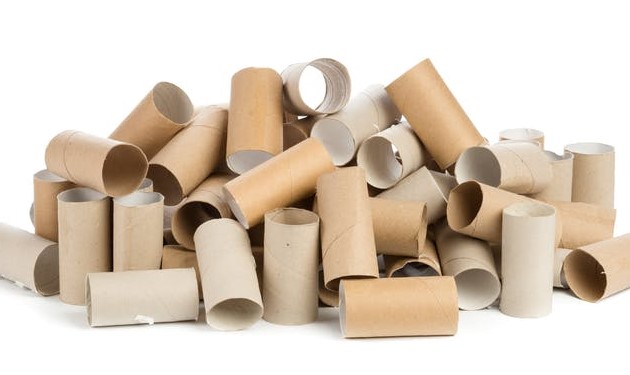
As coronavirus continues to spread around the world, anxiety is rising in Australia. Shoppers fearful of quarantine measures have been stocking up on supplies to last out a week or two of isolation.
Recent days have seen reports of shortages of hand sanitiser and warnings that batteries and other electronic items could be next. However, the surge in demand for one particular commodity has seen supermarket shelves stripped bare: toilet paper.
It’s not just Australians. Shops in Japan, the US and New Zealand have also run low on the precious sanitary rolls. In Hong Kong, ambitious thieves held up a supermarket to steal a delivery.
But why toilet paper? The question has been in the air for at least the past month, but it’s now become hard to avoid. We asked four experts for their thoughts.

Niki Edwards, School of Public Health and Social Work, Queensland University of Technology:
Toilet paper symbolises control. We use it to “tidy up” and “clean up”. It deals with a bodily function that is somewhat taboo.
When people hear about the coronavirus, they are afraid of losing control. And toilet paper feels like a way to maintain control over hygiene and cleanliness.
People don’t seem interested in substitutes. Supermarket shelves are still full of other paper towels and tissues.
The media has a lot to answer for in regards to messages around this virus and messages to the public. While honesty about threats is critical, building hysteria and promoting inappropriate behaviours is far from ideal.
Brian Cook, Community Engagement for Disaster Risk Reduction project, University of Melbourne:
It’s an interesting question. My suspicion is that it is to do with how people react to stress: they want an element of comfort and security. For many Westerners there is a “yuck factor” associated with non-toilet paper cleaning.
I expect there is also a pragmatic element. Toilet paper is a product that takes a lot of space, and is therefore not something people have a lot of under normal circumstances.
A lot of people likely also use toilet paper as a tissue, and therefore imagine themselves needing a lot if they have the flu or a flu-like illness.
Stocking up on toilet paper is also a relatively cheap action, and people like to think that they are “doing something” when they feel at risk.
David Savage, Newcastle Business School, University of Newcastle:
I think it is the perfect product. It is completely non-perishable and one of the few products that you can stock up on that you are guaranteed to use eventually.
I don’t know for certain but I suspect that most people only buy toilet paper when they just about run out, which could be a problem if you need to stay isolated for two weeks.
So I think this is just a preparation process, because we have seen that toilet paper has become a shortage item elsewhere.
Alex Russell, School of Health, Medical and Applied Sciences, Central Queensland University:
There are a few factors at play here. People aren’t only stockpiling toilet paper. All sorts of items are sold out, like face masks and hand sanitiser. Things like canned goods and other non-perishable foods are also selling well.
People are scared, and they’re bunkering down. They’re buying what they need and one of the items is toilet paper.
I think we’re noticing the toilet paper more than the other things because toilet paper packs are big items that take up a lot of shelf space. Seeing a small product sold out at the supermarket (such as hand sanitiser) is not that unusual, and it’s only a small hole in the shelf that is often temporarily filled with nearby products.
But if the toilet paper is gone, that’s a massive amount of shelf space that can’t readily be replaced with other things nearby.
A second reason we might be noticing it more is because there aren’t easy substitutions. If the supermarket is out of a particular ingredient for dinner, you can just get something else, or an entirely different dinner.
But if there’s not a roll of toilet paper, then that’s pretty frustrating for everyone. Sure, tissues or paper towels, but it’s not quite the same, is it?











